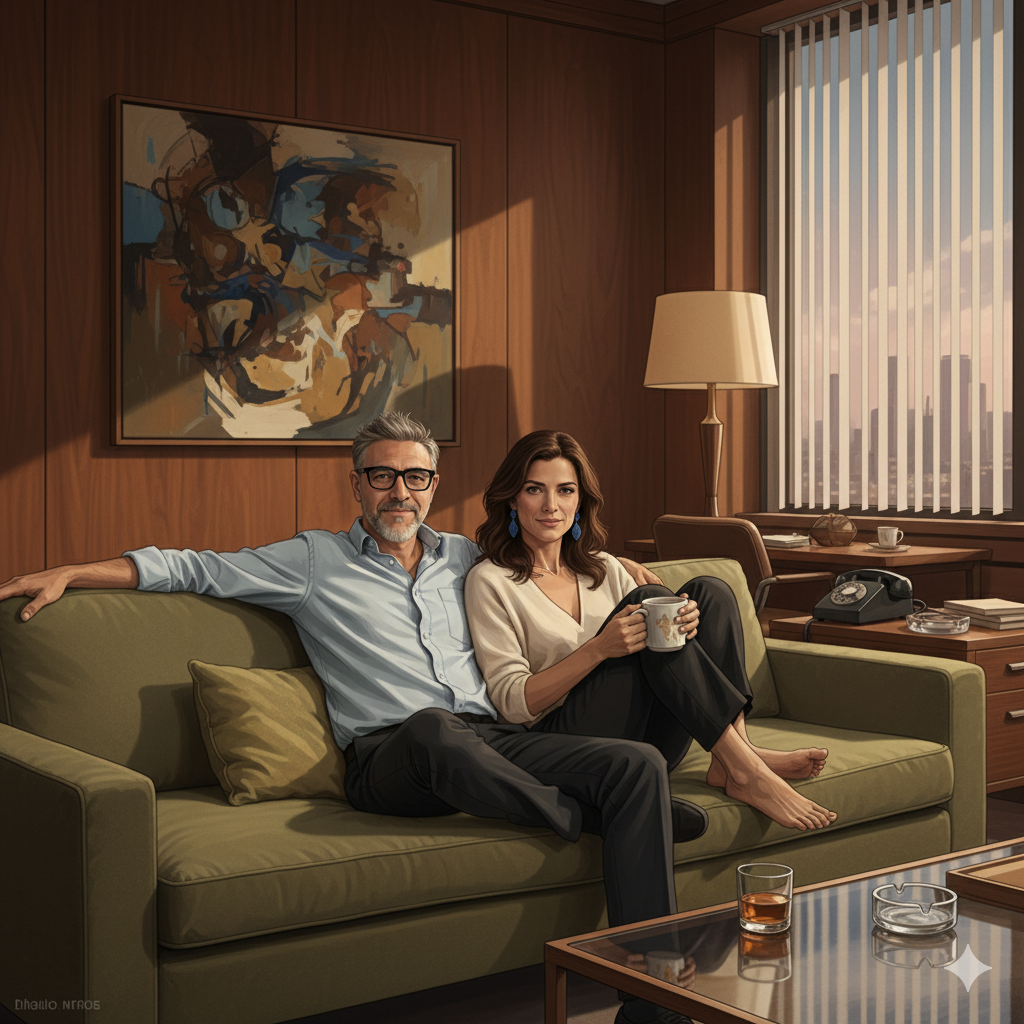The strange truth about buying real estate is that it’s akin to asking someone to fall in love with an outline. Traditional real estate sales are built around this fragmented vision, where buyers are expected to piece together floor plans, renderings, and brochures to form a complete picture of a home that doesn’t yet exist. It’s like trying to appreciate a symphony by reading sheet music as opposed to hearing the crescendo of notes come alive. The reality of the real estate pre-sales process is that we are asking people to embark on a significant journey based on static, two-dimensional representations and the voiceover of a sales pitch.
Imagine standing in the foundation of what promises to be a skyscraper. The scaffolding, the cranes, the geometry of naked beams above your head—it’s a world incomplete. Yet, the promise of grandeur lies in the ability to visualize beyond the current state, a skill not everyone possesses. This is where traditional tools falter. Floor plans are like a puzzle missing pieces; renders provide colors but no dimension; brochures highlight features but omit the harmony of the whole. Buyers are left to navigate this maze of partial realities, attempting to stitch together a coherent vision from disparate scraps of information.
Human psychology is peculiar when it comes to making decisions of this magnitude. Whereas buying a book online has become second nature, choosing a future home doesn’t offer the same simplicity. Trust, doubt, imagination, and risk all swirl together, creating a complex cocktail that traditional sales methods struggle to contain. Buyers need more than certainty; they need sensory immersion. To sell a property still in development, it’s necessary to do more than show what it is; you must convey how it feels.
Consider the concept of flow: the seamless, intuitive progression from one space to the next. This is a cornerstone of confident design, yet traditional marketing tools often interrupt this flow with jarring handoffs. A brochure may show you the kitchen, but the floor plan places it in isolation. A rendering might capture a sunlit living room, yet can’t show you the awakening sunrise as it filters through the windows. Without continuity and orientation, buyers’ confidence erodes, as they are forced to rely on their imaginations to connect the dots.
Virtual tours become the essential tile in this puzzle, offering a bridge over the chasm of uncertainty. They provide not just visuals, but a sense of space. A buyer can walk through the unit, experience the light from the eastern windows, feel the intimacy of the design and the promise of community from across the street. The unit-specific, context-rich nature of these tours transforms the abstract into tangible, reduces unknowns into knowns, and aligns with the modern consumer’s desire for exploratory learning over sales-driven narratives.
This shift in control—from seller-led performances to buyer-led exploration—is transformative. In this new dynamic, the role of the salesperson shifts from narrator to guide, facilitating a buyer’s journey through these virtual realms. By integrating the building, amenities, and neighborhood context within a single experience, the transaction becomes fluid and trustful. It’s an evolution towards an Amazon-like simplicity for real estate, where people are given not just the information they need, but the environment to make confident decisions at their own pace.
The future of real estate purchasing doesn’t lie in more brochures or crisper floor plans but in building a seamless chain of exploration and decision that removes uncertainty at every step. Imagine a world where buyers not only tour every qualifying unit with precise orientation but do so as naturally as they might browse a new kitchen appliance or fashion accessory online. This world isn’t just possible; it’s inevitable. Virtual tours are merely the opening act, a necessary inflection point in preparing buyers for the climax of fully online property transactions.
When each tile, from high-fidelity tours to intuitive interfaces, is laid thoughtfully, the grand picture of real estate purchasing emerges—an image that is calmer, simpler and fundamentally more trustworthy. It’s a future that beckons, promising to transform nebulous dreams into tangible realities with a click, a tour, and a decision.



